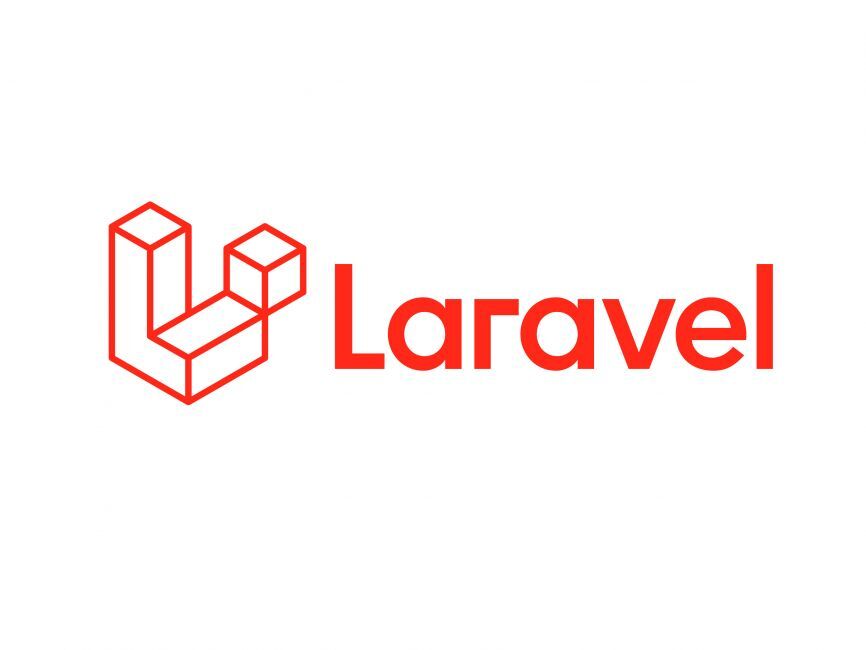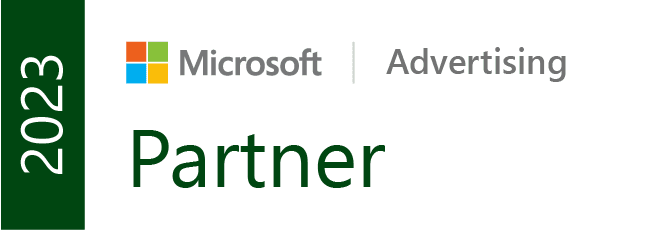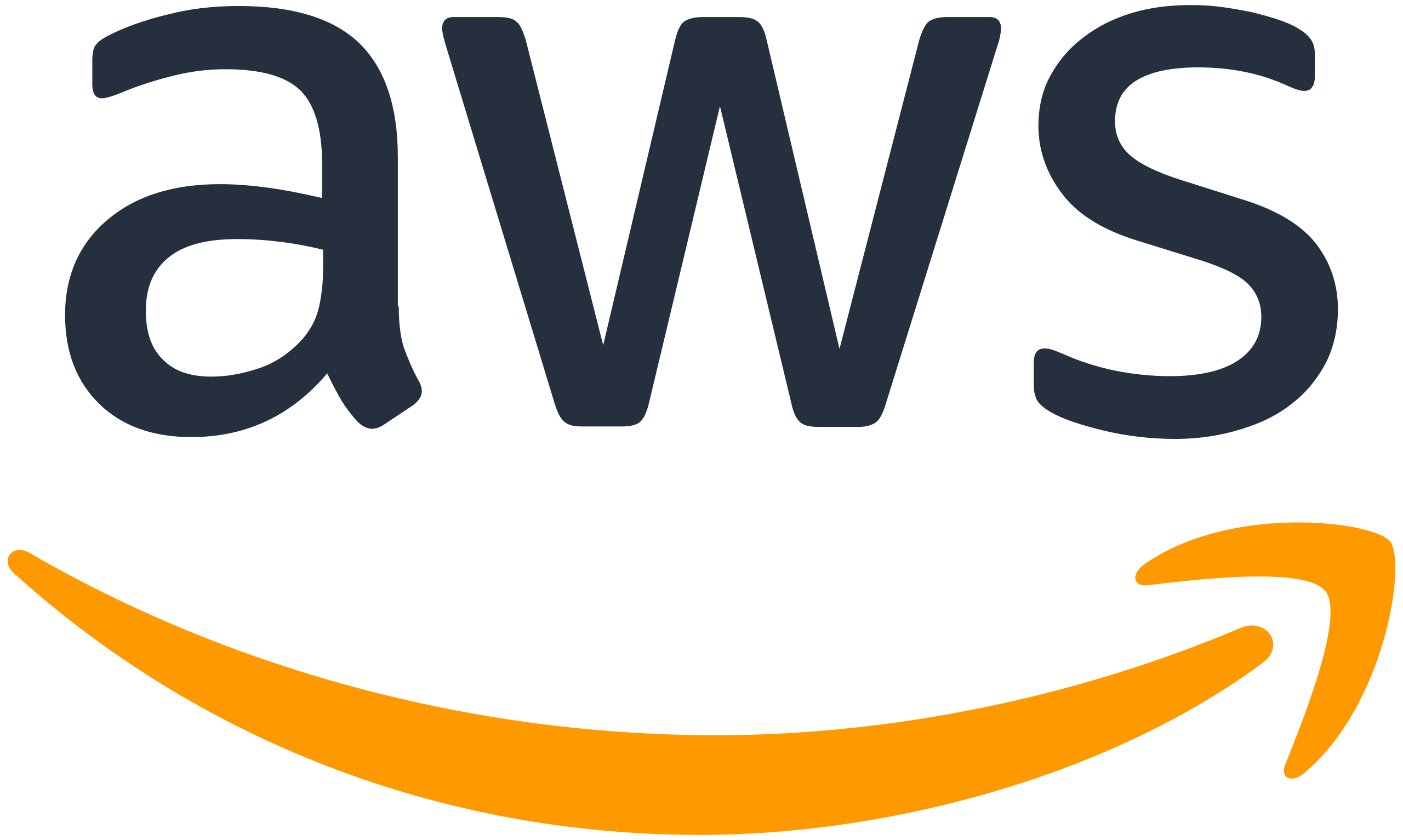Push marketing
The problem is perfectly summed up by Seth Godin -
“Most marketers are mushroom farmers. We keep our customers in the dark, we dump crap on them and then every once in awhile we come in and we harvest when we need to make our numbers. Tribes don’t respond to that, tribes respond to sunlight and to care, and to feeling and someone who is aware of what they need and what they want”.
Check out these videos of the genius that is Seth Godin:
In the past push marketing has often consisted of a pretty average idea, lots of shouting, and lots of budget to force the message onto the consumer.
The change, and the beauty of social marketing now is that if you are saying the right thing to the right people then budget doesn’t matter. If you are communicating in the best possible way, keeping in mind the interests of your audience, then your content will be shown to those people over an ad with huge budget behind it. Therefore if you are a small sandwich shop with great content and consideration then your ads could be beating Subway or McDonalds.
Demographic dangers
The term “millennial” is almost offensive. How can you define people by age? What does that even mean?
The answer takes us back to our roots, where humans formed tribes for survival, protection and nourishment. Society, especially when it comes to social and marketing, has come back to that tribal system. With platforms making it much easier for communities to connect with each other, niche pockets of people are thriving, sharing their passions with each other and turning their backs on irrelevant stereotypes such as age. Tribes are everywhere, you can find one for almost any interest and because the placement is a choice the decisions that the tribes make are usually deeper, with more conviction and passion behind them. These are the people your brand wants to connect with.
You, as a brand, don’t need to connect with everyone, just a passionate group of “ true believers” who really get your brand and from there the message will spread further, through the most trusted form - word of mouth and recommendation, it’s all very social.
Cultivating your audience: tribal characteristics
People are looking for tribes to connect themselves with likeminded people, make the most of what they enjoy and to become the best they can be at that. They are happy to be influenced by other members of their tribe as their goal is aligned so the trust is strong.
This provides an opportunity for the brands. Many brands sit within a tribe or span a few but there is space for brands within these modern tribal groups. They will only be accepted if they completely align with the ideas of the tribe. They can even become the glue holding the community together.
Not going to lie, when we were talking about this in the office someone called me a hippy - but perhaps these videos explains the concept a little better -
This isn’t a new idea, you can find neotribalism on Wikipedia - “Neotribalism or modern tribalism is a sociological concept which postulates that human beings have evolved to live in tribal society, as opposed to mass society, and thus will naturally form social networks constituting new "tribes".
However the concept is becoming much more important on social with psycographic targeting for social marketing ads and the algorithms in the news feeds. If you ignore it the social tribes you will probably end up using social marketing the wrong way.
Modern tribal examples
A few of the examples include football tribes - painted and dressed the same, with tribal chants and the core interest in their sport and more specifically their own teams. The Bearded Villains - these are an international group of bearded men who join as an international tribe to do charity and community work across the world.

Finally Crossfit, so tribal many people call it a cult. It is a family network, supportive with members dedicating a significant amount of time and money to the practice but it is the community that has truly made crossfit into the tribe it is today.

Why do tribes stick together?
- They have a purpose - a team to support, a beard to grow or to be the fittest in the world.
- Identity - from a football shirt to an epic beard there is usually something that identifies them.. Often something non tribe members wouldn't even pick up on.
- They have a sense of place - whether that is physical like a football stadium or digital such as a facebook page or group there is a place for the members to gather and communicate with each other, talking about the things they are most passionate about with other like minded individuals.
- Trust - the community accepts those with the same agenda. Tribalism is about working together and there is no better way to alienate yourself from the rest of the tribe than deception and shady practice - the applies to brands too so be warned!
The cost of brand authenticity
With so much movement in social sometimes it is possible to get swept up in hashtags and conversations, forgetting what your brand stands for and if you are staying true to your audience. One brand that stood against the pressure of sales to remain true to the brand and their customers was Patagonia. As everyone else was jumping on the #BlackFriday bandwagon, Patagonia recognised that their brand stood against waste and that it would not have been right for them to push a product on consumers if that product would result in waste. As a result of this bold approach their adverts stood out more than any other and the Patagonia “Don’t Buy This Jacket” approach is still being talked about.

Essentially, staying true to the brand message and saying no to some easy money made the brand stand out. Their tribe recognise the authenticity of the brand and the pure brand message, building more trust and respect for the brand that isn’t all about the bottom line.
Emotional marketing
A key factor of understanding your tribe is that you can feel what they feel and emotion is an essential part of memory.
The Facebook algorithm needs emotion to know how you are feeling about the content. Mark Adams from Vice described facebook as a social organism (much better than I am about to - if you get a chance to see one of his talks go for it - massively inspiring). The idea is that if you feed facebook, or any social platform, with bad content then it will be excreted as soon as possible. Shifted over to the graveyard of uninspired posts and bad or boring content. Great content, the posts that really resonate with your audience, spread around the platform, nourishing the news feeds and giving the consumer a great experience.
With Facebook’s aim being to deliver great content we recommend you don’t waste time worrying about algorithms or swearing at facebook because your posts are not reaching people. What facebook is trying to tell you is that your posts are not reaching people because they are simply not good enough.
“If you could rate everything that happened on Earth today that was published anywhere by any of your friends, any of your family, any news source, and then pick the 10 that were the most meaningful to know today, that would be a really cool service for us to build. That is really what we aspire to have News Feed become.” - Chris Cox, Facebook’s Chief Product officer -
How do you make them better? Become your audience. You don’t care about brands that are trying to sell to you, you care about the passion behind the brand, the way their ideas sync with yours - that is the reason that people love brands and promote them. Communicate the ideas that your tribe are passionate about, align your brand and social with them and not the other way around. Seth Godin said “Don’t try to find customers for your products, try to find products for your customers.” and the same applies for social content.
Or, as Randy Milanovic says - “It takes effort, but you’ll eventually get to the point where you see exactly why social engagement is more powerful at building a community than advertising ever can be… and by then, you won’t need to pay for clicks or attention anyway.”
One of the most emotional videos we have seen recently was the latest video from Under Armour. They really take the position of the athlete, rather than showing the last stage of the journey - I shiny medal after one race in a competition they show the struggle to get there. This suffering is much more relatable to their audience.
Under Armour made the experience even more inclusive when they filmed Phelps watching the clip for the first time. It's certainly worth a watch, a great example of emotional marketing.

Etsy resolution
One brand that really nailed this tribal marketing was Etsy with their Etsy Resolution campaign at the start of the year. Recognising that one of their main tribes are the early crafters, Etsy thought about what they needed to get going and the way they could supply this.
- Knowledge - How to set up an Etsy shop
- A place to exist privately as they build confidence
- On going support

Etsy collaborated with the Design Trust to provide 4 lessons for those who signed up to the Etsy Resolution. There was a closed facebook group where users were encouraged to post their images for feedback, ask questions and share their new Etsy journey with fellow Etsy users. After the 3 month campaign was over and all of the lessons had been sent and absorbed by the users they whispered about closing the group as it wouldn’t be an ongoing support network. The uproar was huge, resulting in the community of 5000 members taking over the group. Still thriving, the Etsy Resolution is run by members who are still supporting each other and sharing great, valuable content out of sight.

And how did the Etsy Resolutioners find it?
“It's helped me with the practical side of things like creating better photos and how to use tags effectively, but it's also been great to be part of a community. I love that we all celebrate each other's victories, large or small, and that we can get help and advice on difficult matters. I like the search function so I can look back on other people's posts about things I want help with. I feel like it's also helped many (myself included) to stay motivated when we aren't getting many views/sales. It's always nice to feel like you're part of something, rather than pushing forward on your own and not knowing what you're doing! I also find it encouraging to seeing artisans that have 'made it' and seem to be earning well from their shops.” -Sarah Nicholls
Where are your tribe?
You need to find out where your market are - there is no point in sitting on facebook when the most active communities are on instagram. Don’t try to shift your tribe to suit you, or your marketing campaign, this is not what they want.
How to communicate with your tribe?
- Understand HOW they communicate on the platform - Instagram’s advice for ads is “fit in to stand out” and this is exactly what the most successful brands are doing. If you add content that doesn’t work on the platform then you will be swiftly unfollowed by users who don’t appreciate your jarring approach or shifted out of sight by Instagram’s new algorithm. Ben & Jerrys (WARNING - delicious content likely to make you hungry!) - mastered this with their styled images and playful tone

- Collaborate - Again (and always) think from the tribes perspective - are there other brands, like your brand, that your tribe loves too and can you work with them for even better content? See Paypal, STATravel and Airbnb

- Takeover - Who do your tribe listen to? Who is the most passionate member of your tribe and how can you get them more involved in your brand? Instagram takeovers and collaborations with influencers are a really fun way to build fresh content and add value to the tribe.

- Relax - trying to steer your tribe will only lead to failure. If you manage to build your own community (like Etsy did) and try to restrict the growth then the community will likely be abandoned for others that embrace their individual wishes and development. If the resource for a community has run dry then don’t be afraid to step back and watch it grow on it’s own… if it doesn’t no worries, there’s always the next one.

5 tips to take away
- Get out of the push mindset
- Find your tribe, from people to platform - where and who are they?
- Observe how they act, what they like and join in the conversation, be human about it
- Take the essence of your tribe, work with other brands to deliver more products that they will love
- Let it go - collaborate with the tribe, and sometimes they will be running with your ideas.





